Along with the above symptoms, meningococcal patients often have astrogenic rash or may have blisters. Patients are often lethargic or comatose. There are cases of sudden fatigue, hemorrhagic patches and shock.
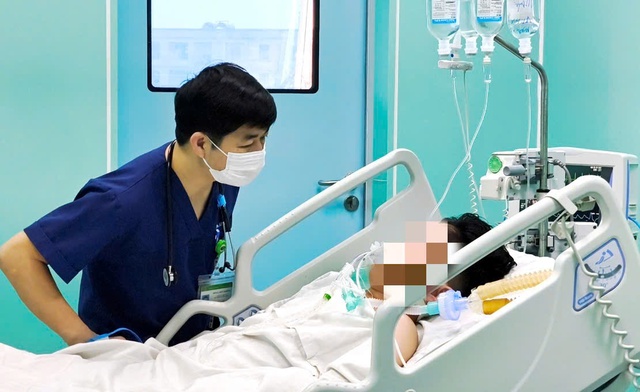
A 22-year-old man in Bac Ninh with meningococcal disease is being treated at the Central Hospital for Tropical Diseases.
PHOTO: THANH DANG
According to the Pasteur Institute of Ho Chi Minh City, in the first 4 months of 2025, the southern region recorded 12 cases of meningococcal disease in 8/20 provinces and cities. The number of cases increased by 9 cases compared to the same period in 2024, recorded sporadically in the community.
In Hanoi , the central hospital recently also recorded a case of meningococcal disease admitted in severe condition, with acute progression.
The Department of Disease Prevention ( Ministry of Health ) said that meningococcal disease has diverse clinical symptoms such as: acute purulent meningitis, meningococcemia, meningococcal arthritis, and meningococcal endocarditis.
In addition, many people infected with meningococcus only have fever and/or nasopharyngitis. In areas where the disease is endemic, the number of people infected with meningococcus in the pharynx and throat without clinical symptoms accounts for 5 - 10%.
Asymptomatic infections are common in epidemics and are a very important source of transmission in the community.
Meningococcal disease is defined by isolation of meningococcal bacteria (+) in cerebrospinal fluid or blood.
"It is necessary to differentiate from some similar diseases such as: purulent meningitis caused by influenza type b bacteria (Haemophilus influenzae b), purulent meningitis caused by Streptococcus pneumoniae", the Department of Disease Prevention noted.
Specimens for meningococcal testing include blood sampling or blister or purpura pricking; cerebrospinal fluid sampling; throat swabbing.
Meningococcal meningitis attacks young people
Notably, the age group at highest risk of disease is young people and this is also the age group with the largest number of healthy people carrying the bacteria.
The reservoir of meningococcal bacteria is humans. Therefore, the main source of infection is patients and healthy carriers.
The disease is likely to break out in collective environments such as schools, dormitories, barracks, and industrial zones. Up to 5-25% of healthy people carry this bacteria in their nose and throat without showing symptoms.
During an epidemic, up to 25% of people infected with the bacteria may not have typical clinical symptoms and up to 50% of healthy people may carry meningococcal bacteria. These are very important sources of infection in the community.
Meningococcus is easily transmitted through direct contact through the respiratory tract with salivary droplets contaminated with meningococcal bacteria from an infected person to the nasopharynx of an infected person. The period of transmission of the disease depends on the existence of meningococcal bacteria in the nasopharynx of an infected person and the bacteria will be eliminated in the nasopharynx after 24 hours of antibiotic treatment.
Therefore, meningococcal patients must be isolated in a separate room, limit contact and wear a mask (for at least 24 hours after using specific antibiotics).
When detecting signs of suspected illness, you should see a doctor or immediately notify the nearest medical facility.
Source: https://thanhnien.vn/nhan-biet-cac-trieu-chung-dot-ngot-do-nao-mo-cau-185250512100739103.htm








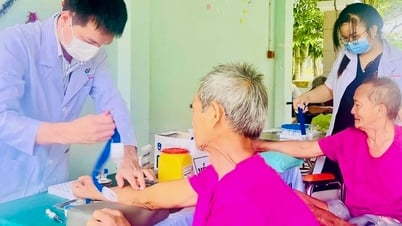


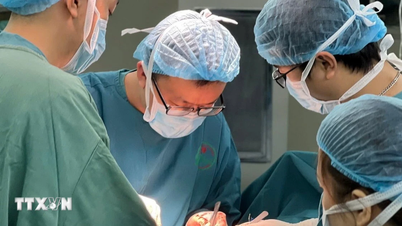
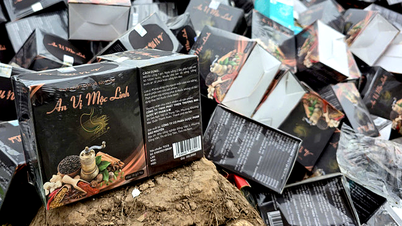



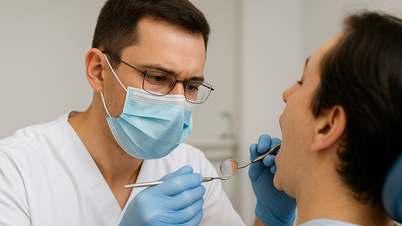


































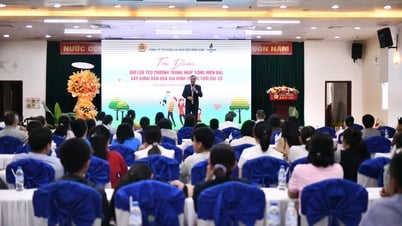














































Comment (0)